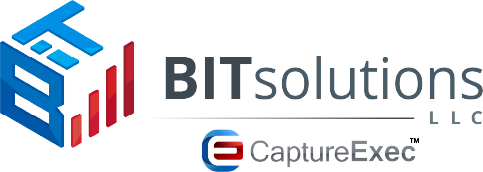When a government agency issues a competitive bid opportunity, or solicitation, that agency has spent a good — if not significant — amount of time creating requirements. If you are just hearing about the deal when the Government releases the RFP, then you are already very far behind the curve and generally have a very low probability of winning.
If you haven’t been meeting with the End-users, the Contracting (KO) shop and the Funding sources, working to understand their needs, suggesting solutions, providing informative whitepapers, evaluating the Incumbent performance, building a competitive team – “Shaping” the deal – you should know that your competitors have been. Like all business, most Government employees want to do business with people they know and like – and who are innovators offering new solutions to their issues.
Most successful companies follow this rule of thumb: If you are not already doing work at a particular Agency and would like to, you need to first become a Subcontractor, so that you can work in the environment to learn all about the customer, their requirements and their issues. The second rule of thumb is this: The company that knows the most about the customer and their needs, the competition and their issues and benefits, and builds the best team, usually submits the best response to the RFP – and the best response, price being equal, always wins!
What Does the Federal Sales Management Cycle Look Like?
Most contracts are set up to have a five-year run (including option years), an ideal amount of time to give the contractor and Government enough time to get started, implement and manage the contract requirements, then do a new competitive solicitation.
So let’s look at a Federal Sales Cycle in its best case scenario.
Count on Your Account Manager
You want to own this account or Agency, therefore, you dedicate an Account Manager to “walk the halls” every week to stay in touch with the End-user customers, understand the current environment, good and bad, meet and discuss new ideas and solutions that your company can offer, and most of all listen. It’s amazing what you can hear if you just listen. They key is to hear about a new opportunity long before anyone else might know about it.
Once you learn about a new deal that fits your company and solves a problem, the Account Manager continues to talk to the customer to build confidence and understanding, as well as verifying that there is true intent, funding, and need.
Turn Over to Your Capture Executive (Capture Manager)
Now it is time to turn this opportunity over to a Capture Executive to continue the process of gathering information, teaming and making certain that your customer understands your solution (and agrees with it). There are Industry Day meetings, Sources Sought requests, Requests for Information, Educational meetings and more.
This union of data and sentiment is paramount to a successful Capture Management Process – again, he who knows the most, responds the best. Thus, teaming is extremely important to build the best and most competitive team to offer the customer the solution (team) that gives them a better-smarter-faster solution than they had before.
Releasing the Request for Proposal
Finally, the Request for Proposal (RFP) is released to the public. Now is the time to engage a Proposal Manager to manage the creation of the winning response. The response team includes the Capture Executive, Program Manager, Technical SMEs, Writers, Graphics, Reviewers, and Approvers.
All those companies who are seeing the RFP for the first time are so far behind the curve for several reasons:
- Once the RFP has been released, there are no conversations allowed with the Customer
- All the companies who know the customer and their needs have already created teams
- Responding to the RFP is difficult because they don’t know what the Customer really needs or where their real pain points lie
Once the response deadline has passed, they begin the Review Process and Award.
Conclusion
Many companies see opportunities on FedBizOps or as Task Orders released under an IDIQ and feel they have the best solution and can easily compete. But if they haven’t done their homework, it can easily be just another bid from a company the Customer doesn’t know. Additionally, the cost of just a Bid & Proposal (B&P) process can easily range in the $75,000 – $200,000 range. If you keep bidding blindly, without Customer interaction and knowledge, a great deal of B&P money will be used in very hard to win (low PWin), situations.
So don’t wait for the opportunities to appear on bid boards. Be proactive, do your homework and understand where a need will develop – this first-mover strategy is critical when it comes to crunch-time and your success comes down to having the most thorough understanding of the customer’s needs.


